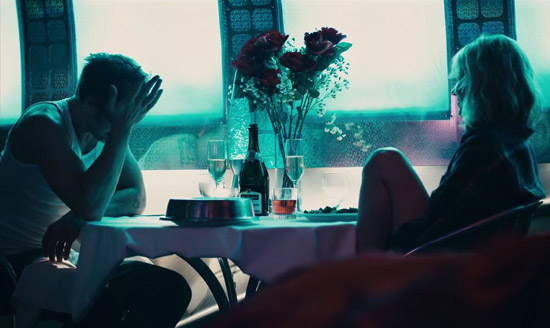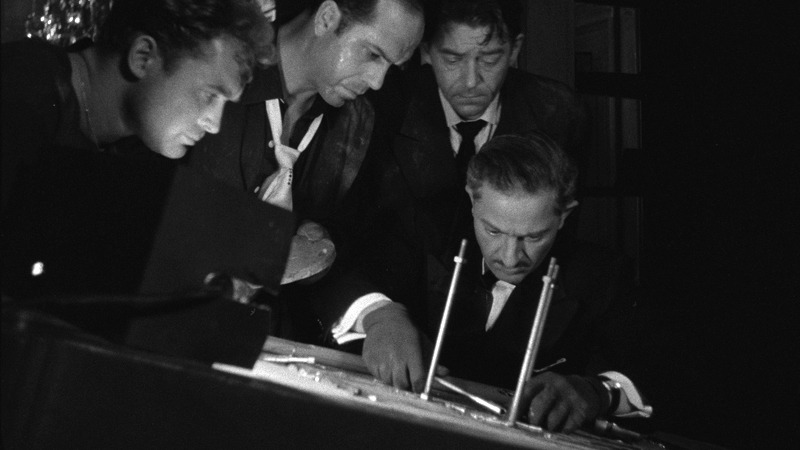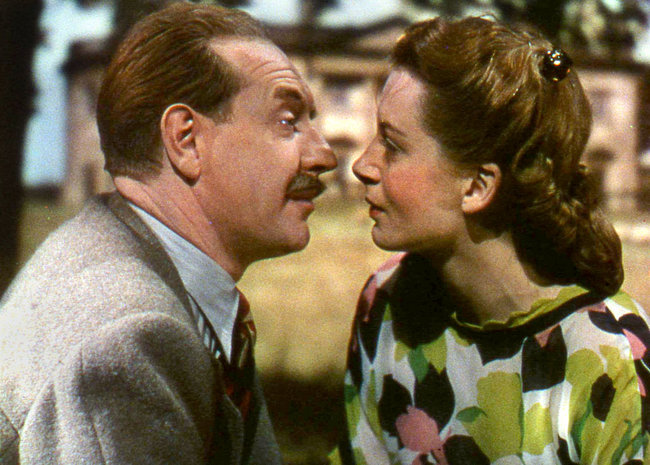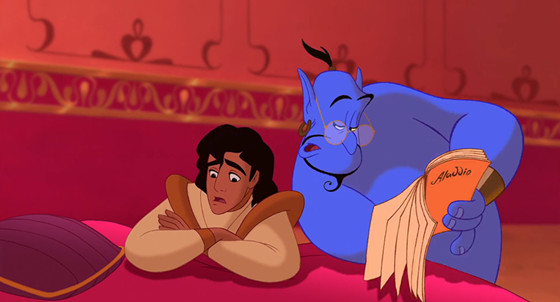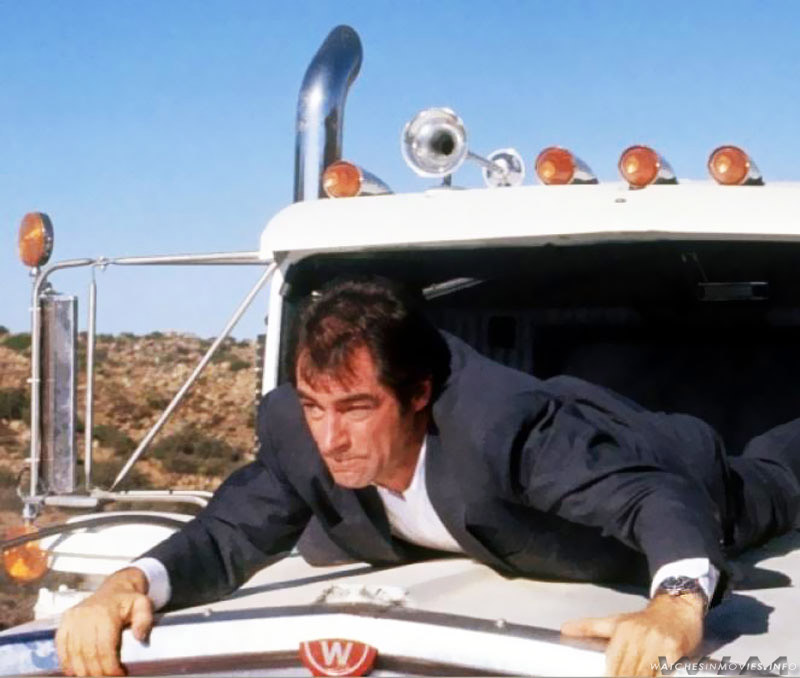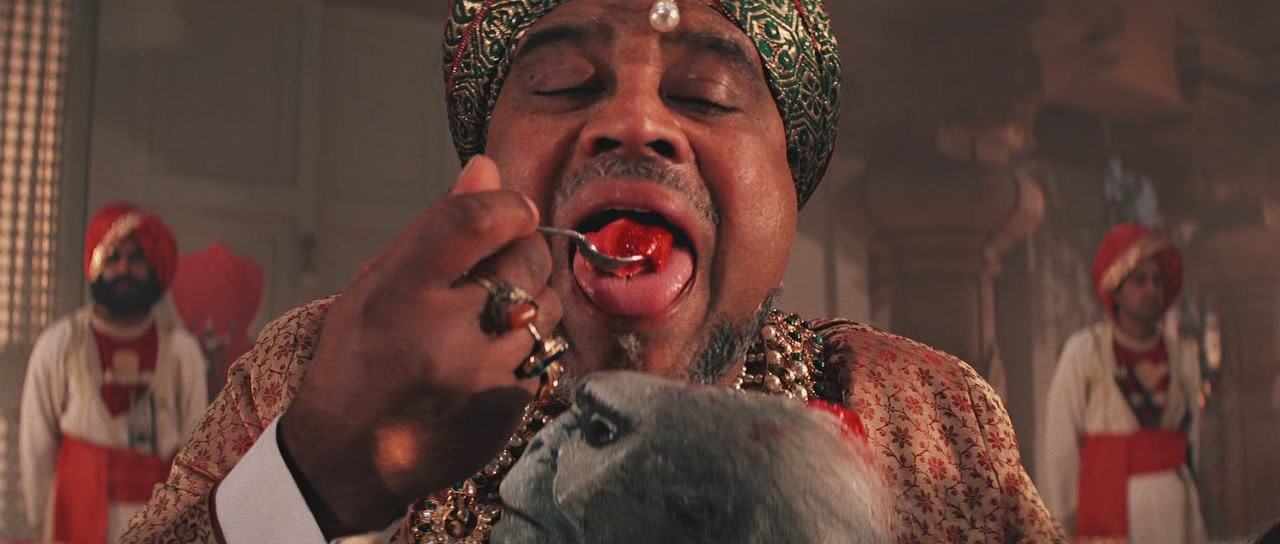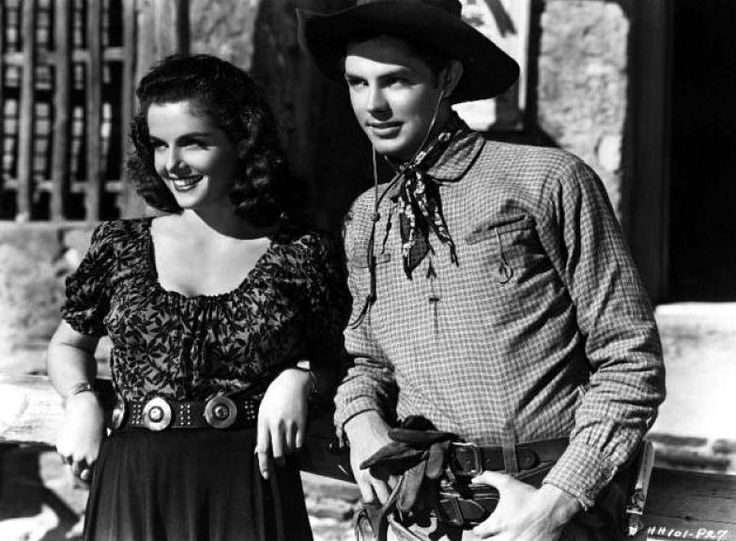Controversy is nothing new to art. Whenever a new art form or movement gains enough traction within the mainstream, scandals are sure to follow. Charles Dickens, Edouard Manet and Leo Tolstoy have all had careers pockmarked by moral outrage. Even legendary masters have not been exempt from the firing line; Michelangelo was once contested over his fresco The Last Judgement.
What separates cinema from other art forms is its link with the public. Cinema is art en masse, in the nature of both its production and its exhibition. Gathering a collection of observers under a huge screen gives it a potency that was quickly realised as a means of manipulation. This advantage of influence did not go unnoticed by political parties. Nazi propagandist Hans Traub declared in an that “without any doubt the film is a formidable means of propaganda.”
Even when the film has not been created with the intent of pushing an ideology, cinema is capable of usurping or unsettling audiences’ preconceived attitudes towards their government or social standing. For some, this was considered dangerous and, therefore, had to be monitored to see what was fit for public consumption.
The list of controversial films is almost endless, especially when you consider the cultural nuances between countries and communities that effects a film’s reception. With that said, specific themes and genres (and filmmakers themselves) populate many lists and articles on this particular topic.
It will come as no real surprise to readers to find that Scorsese’s The Last Temptation of Christ was met with outrage because of its sexualised and religious content. Nor will the censoring of classic ‘Video Nasty’ I Spit on Your Grave (it still remains banned in Ireland). The fact that these films contain extreme acts of violence and sex (often blurring the lines thereof) or tackle sensitive topics such as religion or abuse makes them the easy target of media and public discussion about the impact of cinema.
However, controversy is not limited to the cinema of extremity. Over the course of the 20th and 21st-centuries, films of varying genres and target audiences have been targeted by media campaigns and spokespersons over concern for their effect on society. Cinema, as a product of an individual or individuals, will reflect or engage attitudes prevalent at the time – sometimes without the intentions of those involved in the production.
Therefore, by examining the reaction of the public to these particular films, we can garner a keen insight into the issues, anxieties and attitudes of the society in which they were released.
1. Melancholia (2011)
Lars von Trier has been a name synonymous with controversy since his Dogme 95 days. A provocateur by nature, his films often blur the boundaries between extreme and mainstream cinema by featuring scenes of intense violence and unsimulated sex.
All things considered, Melancholia appears on this list not because of the film itself, which despite some nudity is mild compared to you might expect from the eclectic Danish auteur.
No, the subject of controversy, in this case, is the filmmaker himself. Melancholia premiered, in competition, at the 2011 Cannes Film Festival, where it was tipped to go toe-to-toe with Terrence Malick’s The Tree of Life for the Palm D’or. Controversy struck at the film’s press conference when von Trier launched into a series of comments that resulted in him being branded a ‘person non grata’ at the festival.
Von Trier started by talking about making a hardcore pornography starring actors Kirsten Dunst and Charlotte Gainsbourg before joking about his Nazi sympathies. “What can I say?” he said “I understand Hitler, but I think he did some wrong things, yes, absolutely… He’s not what you would call a good guy, but I understand much about him, and I sympathise with him a little bit.” He also cited his appreciation for the Nazi architect Albert Speer. Just hours later he issued an apology, claiming it was his Danish sense of humour that had not come across well.
2. Rififi (1955)
After being blacklisted in Hollywood by the HUAC, director Jules Dassin went to work in Europe. Branded a communist, Hollywood followed him, making known to all distribution companies that no cinema in America would play a film that had his name attached.
Eventually, however, he was approached to direct an adaptation of Auguste Le Breton’s novel Du rififi chez les hommes, or simply Rififi internationally. Originally intended for Jean-Pierre Melville, Dassin was reluctant in agreeing to take on the project as he did not like the novel it was sourced from.
Removing the racial subtext and elements of necrophilia from the story, Dassin turned the heist sequence into the film’s centerpiece, taking a ten-page long chapter and turning it into a 30 minute long, agonisingly detailed scene that conveyed a robbery with precision and accuracy.
So accurate, in fact, was the portrayal of safe cracking that the film was blamed for a number of copycat crimes that took place after its release. This resulted in it being banned in both Mexico and Finland (the latter released a cut version in 1959).
3. The Life and Death of Colonel Blimp (1943)
Considered now by many critics as not just a masterpiece of cinema, but a key masterpiece of British cinema, Powell and Pressberger’s epic film of war, love and time was the subject of much debate upon its release in 1943.
The film follows the career of one Colonel Candy, a lifelong officer in the British army who served from the Boer War as an infantryman to the outbreak of the Second World War where he was a leader of the home guard.
Candy becomes lifelong friends with a German named Theo whom he fought against in a duel. Not only was Theo a “good German” (an anti-Nazi one), he also represented the manifestation of pragmatism in the face of a great threat. Most famous is the scene in which he pleads with Candy that WWII was no longer a place for gentlemanship and fair play.
The film was publicly decried by Winston Churchill himself, who tried to suppress the film. Production was hindered by denial of location and equipment usage whilst attempts to get Lawrence Olivier released from duty to play the lead were unsuccessful. When the film was finally released, audience response was positive if a little disconcerted by the ambiguity towards war.
The film provoked a flurry of right-wing attacks. One pamphlet was released titled The Shame and Disgrace of Colonel Blimp, calling it “the most disgraceful production that has ever emanated from a British film studio.” As a result, the film’s American release was delayed until 1947 and its running time was cut from 163 minutes to 150.
4. Aladdin (1992)
Disney has run into controversy a number of times due to its general insensitivity to other races and cultures. Previous examples include the crows from Dumbo, the siamese cats from Lady and the Tramp and the rather crude song “What Makes the Red Man Red?” from Peter Pan.
One, with the raising of an eyebrow, may make allowances for the era in which they were produced, but the same could not be said for their 1992 release of Aladdin, an adaption of one of the stories from Arabian (One Thousand and One) Nights.
After the film was released in November 1992, protests arose from the American-Arab Anti-Discrimination Committee due to a line in the film’s opening song, “Where they cut off your ear if they don’t like your face.” Further eyebrows were raised due to how the main characters were never veiled and that their features had been anglicised while the villains in the film exhibited Arabic characteristics.
As a response, Disney altered the lyrics from the song to “Where it’s flat and immense and the heat is intense” for the home video release. However, everything else remained unchanged.
5. License to Kill (1989)
By the time we reached the sixteenth entrant in the film series based off of Ian Fleming’s books, James Bond had been established as a national icon and certified family entertainment despite certain associations with sex and violence. The BBFC had previously cited this national status as a means of justifying previous entrants in the series that had skirted the PG rating.
However, when Timothy Dalton stepped into the role as Britain’s number one agent for the second time, it was against an emergence of the adult-focused action film. The recent success of the likes of Lethal Weapon and Scarface led to the filmmakers to give Bond a harder edge with this newest film.
When the film was first screened for the BBFC, the targeted PG rating was out of the question, with cuts having to be made in order for the film to receive a 15. The scenes that raised the alarm included the shooting of a woman in each breast, disembodied legs and exploding heads. Despite the controversy surrounding the film’s content, it was released to favourable reviews and earned $156 million at the box office.
6. Indiana Jones and the Temple of Doom (1984)
The second installment of the action-adventure franchise was released in May 1984 to the biggest opening weekend of the year (the film eventually place third behind Beverly Hills Cop and Ghostbusters for the highest grossing film of that year). Initial reviews were mixed, with critical attention focused on the violence in the film.
In the UK, the BBFC refused to release the film at the desired PG rating due to the “very real world of terror, ritual violence, black magic and nightmare imagery”, with specific attention being drawn to the sacrificial victim having his heart ripped out.
With parents complaining about children suffering nightmares, director Steven Spielberg (who had also produced Gremlins that year, another subject of rating controversy) and Jack Valenti came up with the idea of a PG-13 rating designed to warn parents but still keep the teenage audience.
Further controversy was aroused in India due to the film’s depiction of Hinduism. It was promptly banned, temporarily, with particular outrage aimed at the depiction of the goddess Kali being a representative of the underworld and evil (she is in actually associated with empowerment and change). Even the cuisine shown within the film was considered a point of contention: monkey brains and eyeball soup are key examples of negative stereotyping that politician Shashi Tharoor label offensive and inaccurate.
7. The Outlaw (1943)
In 1941, airplane engineer, entrepreneur and movie mogul Howard Hughes took up the production of The Outlaw, a western about Billy the Kid that was planned as a breakout vehicle for Jane Russell. During production, Hughes felt that not significant enough attention was being placed on Russell’s large bust.
Naturally, he put his inventive skills to the task of creating another “engineering feat – the world’s first cantilevered brassiere” or the first underwire bra. It gave emphasis to cleavage and moved the shoulder straps away from the neck allowing for more exposed skin. Ironically, the contraption was so uncomfortable that Russell didn’t even wear it. In her 1985 biography, she revealed that she took it off and used tissue paper as padding.
Filming was completed in 1941, though Hughes was persistently refused classification due to violations of the Hays Code. Eventually, he cut around 90 seconds from the film though Fox canceled the release anyway. Hughes responded by drumming up controversy himself. He called women’s groups and ministers telling them about this new lewd production.
The resulting outcry also created a curiosity and demand for the film to be seen. It screened for just one week in 1943 before being pulled. It was finally released in 1946, where it became a hit (though not without further controversy over which version had been screened).
